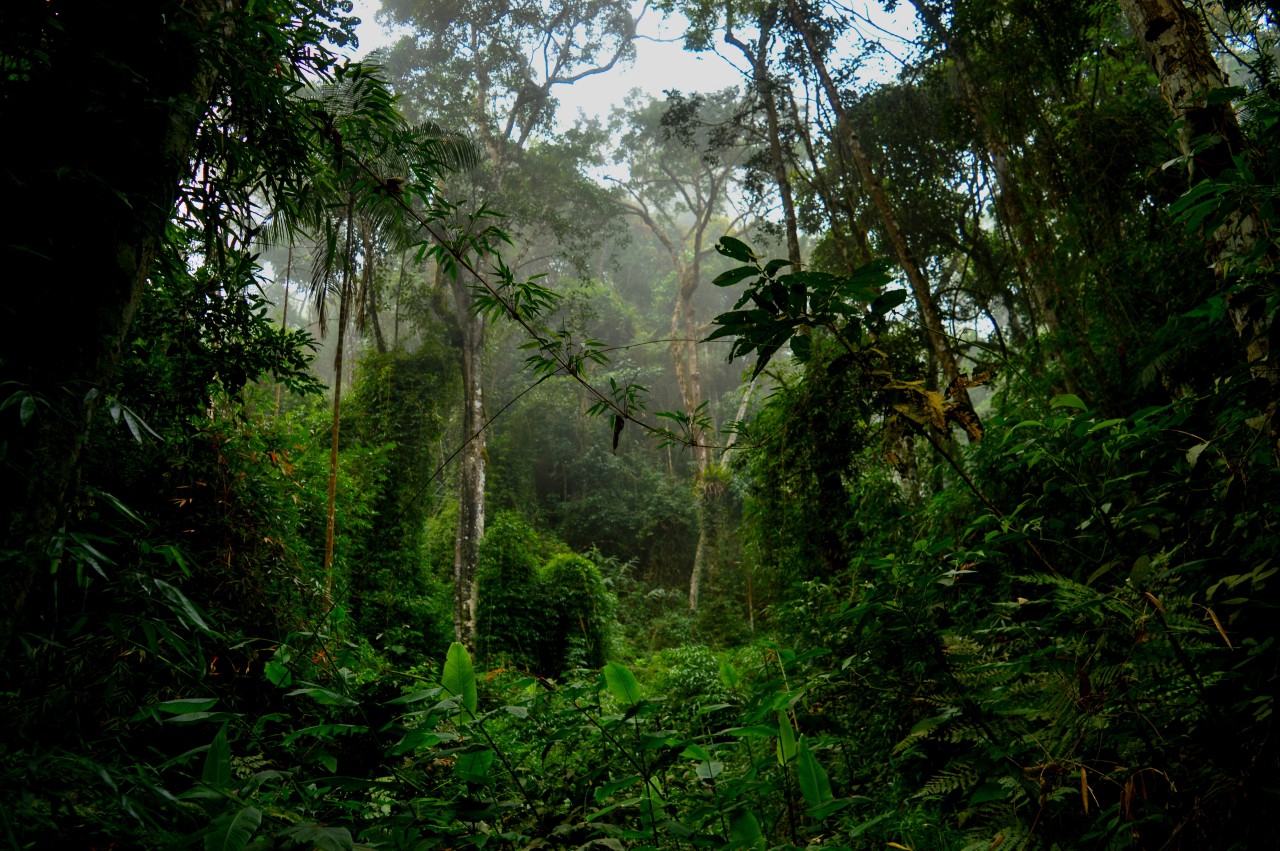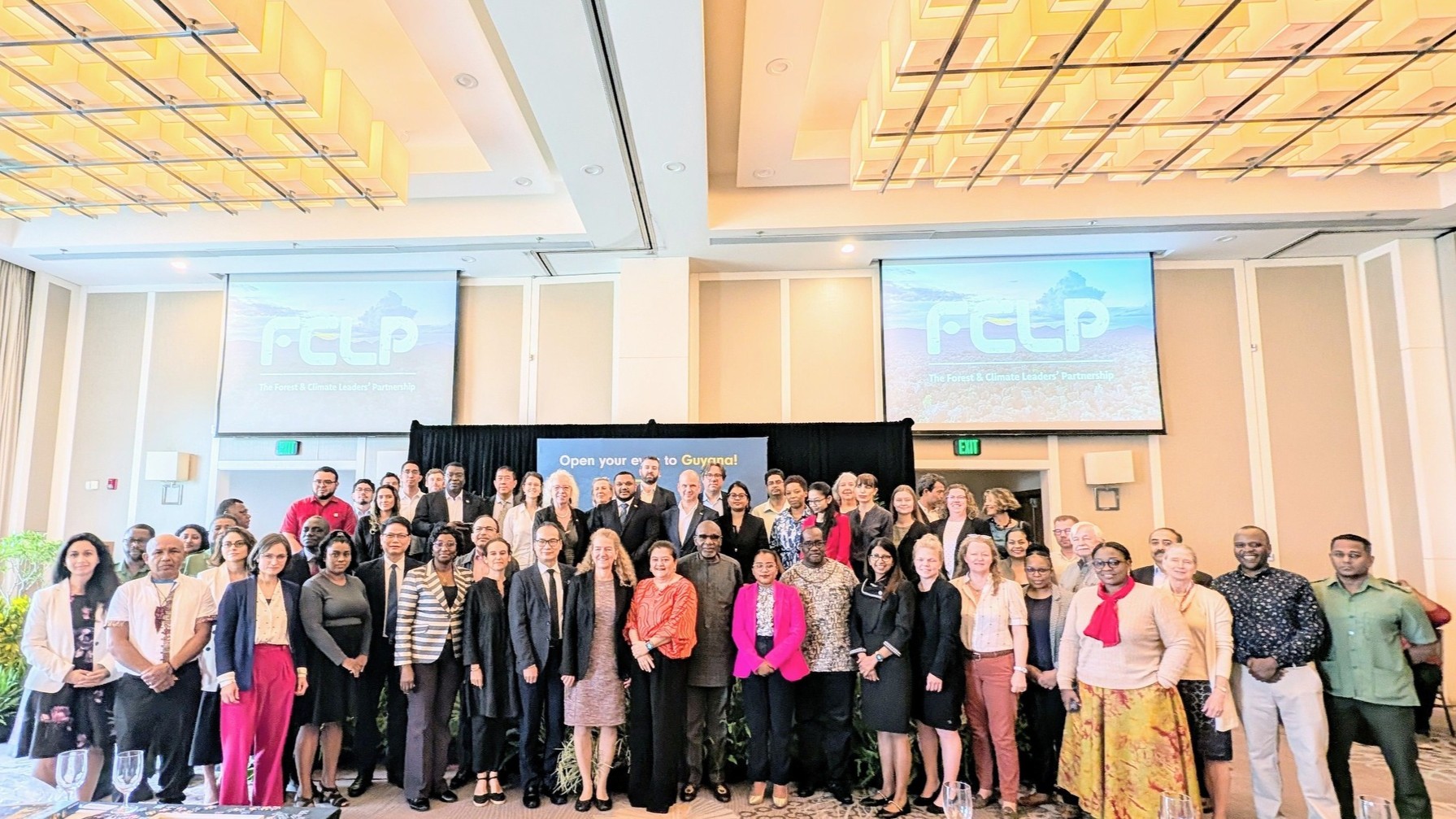Brasil's proposed fund stands out in international debate on forest finance
At a meeting in Guyana, the Ministry of the Environment advocates for the creation of the Tropical Forests Forever Fund, presented by Brasil at COP28

Por Ministério do Meio Ambiente
During last week’s Forest and Climate Leaders’ Partnership (FCLP) meeting in Guyana, the Ministry of the Environment and Climate Change took part in discussions on strategies to expand and diversify forest finance. A key point of Brasil’s contribution was the proposal of the Tropical Forests Forever Fund (TFFF), originally introduced at the UN Climate Conference (COP28) in the United Arab Emirates in 2023.
Dialogue with the Presidency of Guyana, which co-chairs the FCLP alongside the United Kingdom, advanced the understanding that the TFFF is a complementary mechanism to existing forest finance instruments, such as carbon markets. The TFFF proposes a permanent and large-scale flow of finance to support standing forests — that is, conserved forests. While REDD+ carbon markets focus on rewarding reductions in deforestation, the TFFF seeks to ensure that countries which have already reduced deforestation continue to receive long-term incentives.
In 2022, Guyana became the first country to issue carbon credits under the ART-TREE standard, which ensures both environmental and social integrity. Revenue from these credits has financed infrastructure, agriculture, and education in Indigenous communities and built climate resilience in urban areas. Guyana is one of over 70 countries eligible to receive resources from the TFFF.
“With over 85% of its territory covered by forest, Guyana has one of the lowest deforestation rates in the world, alongside Suriname and Gabon. President Irfaan Ali believes that standing forests must benefit local populations through mechanisms that pay for the ecosystem services forests provide, such as the TFFF and forest carbon markets. Guyana has shown how these resources can reach grassroots communities and have a social impact,” stated André Aquino, head of the Special Advisory Office for Economics at the Ministry of the Environment and Climate Change.
In addition to the TFFF, the meeting in Guyana discussed other strategies to unlock forest finance ahead of COP30, to be held in Belem, Brasil, in November. These strategies include expanding and facilitating access to existing funds, reforming multilateral development banks, and mobilizing private capital.
The Forest and Climate Leaders’ Partnership was launched at COP27 in Egypt as a voluntary initiative linked to the Glasgow Leaders’ Declaration on Forests and Land Use, signed at COP26 in the United Kingdom in 2021. In this declaration, over 140 countries committed to halt and reverse deforestation by 2030. Brasil is not a full member of the FCLP, but has been collaborating through the working group on Indigenous peoples and local communities, and in studies exploring opportunities to unlock forest finance in the run-up to COP30.

What is the Tropical Forests Forever Fund?
The Tropical Forests Forever Fund is an innovative mechanism designed to generate approximately US$ 4 billion annually to be distributed among more than 70 tropical forest countries. Eligible countries would only receive funds proportional to the area preserved after demonstrating, via satellite images, that they had deforestation below 0.5%. The mechanism also applies penalties for each hectare of deforested or degraded land.
Unlike traditional forest protection funds, the TFFF would not be capitalized by government donations, but through sovereign and private sector investments. Its financial model aims to ensure predictability in the flow of resources over time.
The proposal is to raise funds from investor countries and the private market (institutional investors) at low interest rates by issuing low-risk bonds. These funds would then be reinvested in a portfolio offering higher rates of return. The spread (difference between the return rate and investor payments) would be directed to countries that protect their tropical forests, in proportion to the area preserved.
English Version: Luana Ferreira de Freitas/UFC/POET
Proofreading: Kelvis Santiago do Nascimento/UFC/POET
